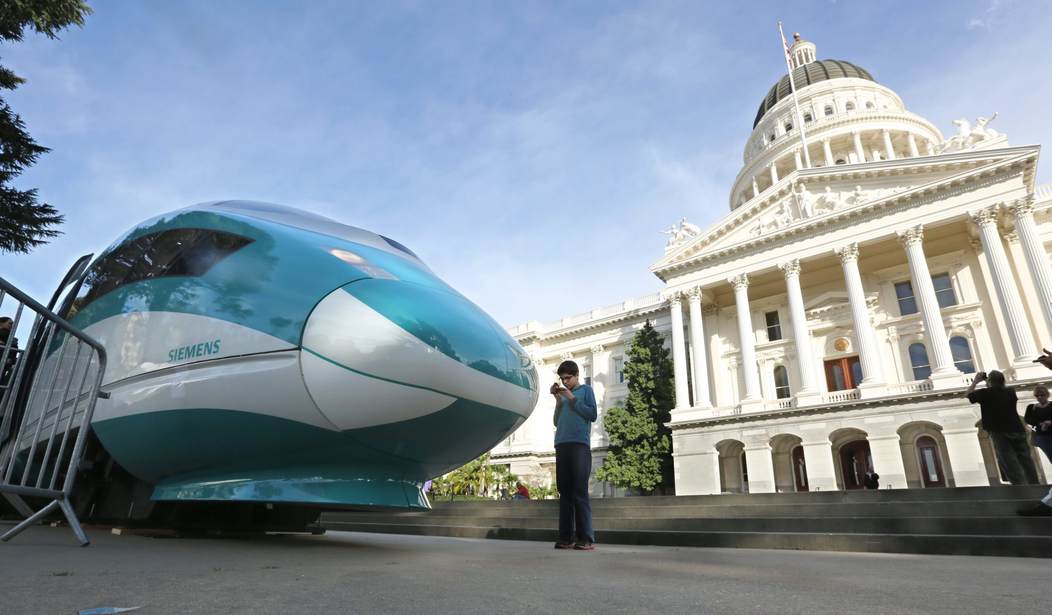Since 2008 when California voters approved a $9 billion bond measure to fund a high-speed rail system between Los Angeles and San Francisco, few believed that the estimated $64 billion price tag was realistic.
But even fewer believed the cost would explode as much as it has.
The rail authority announced that the costs of completing the project had jumped to at least $77 billion and could go as high as $98 billion. The completion date for the initial 119-mile stretch has been pushed back five years to 2029.
The rail authority has wrestled with a more than $40-billion funding gap, which would increase sharply under the new cost estimates.
The biggest immediate driver of the cost increase has been in the Central Valley, where the rail authority is building 119 miles of track between Wasco and Merced. The authority disclosed in early February that the cost of that work would jump to $10.6 billion from an original estimate of about $6 billion. Roy Hill, one of the senior consultants advising the state, told the rail authority board, “The worst-case scenario has happened.”
Did anyone expect anything different?
In its 2014 business plan, the rail authority optimistically projected that it could begin carrying passengers in just seven years. But the warning signs of uncontrolled cost growth had already started mounting then, even though until this year the rail authority has vehemently denied that it was facing a problem.
The project began having trouble buying property for the route almost immediately after it issued its first construction contract in 2013.
Lawsuits were filed by counties, water agencies, farm bureaus and cities, alleging that the project had not fairly estimated the impacts to their communities. Although the litigation did not stop the project, it caused delays and sharply drove up costs. In 2010, the rail authority estimated it would cost $388 million to conduct environmental reviews along the route from San Francisco to Los Angeles. By last year, that cost had jumped to more than $1 billion.
Any project larger than a single-family home addition in this country is going to get taken to court. The rail authority was unaware of this? And their “Remain calm. All is well” attitude about funding problems was either dishonest or ignorant.
The rail authority found that nobody could be sure what was under the ground in Fresno, driving up the cost of relocating sewers, water lines, communications cables and electrical conduits by hundreds of millions of dollars. Freight railroads insisted that the rail authority build barriers that would protect passenger trains from derailments on nearby freight tracks, a requirement that drove up costs by hundreds of millions of dollars, as well.
Laurel and Hardy meet Mr. Magoo. This is the “Gang that Couldn’t Shoot Straight” — outlaws wearing business suits holding up taxpayers for tens of billions of dollars to fund a train that isn’t needed, that no one will use, and that may never be finished.
The hard part is yet to come: tunneling through the mountains in southern and northern California. That’s why you should take that $100 billion price tag with a grain of salt.
Unless, of course, someone mercifully puts a bullet in the head of the bullet train and puts it out of its misery.










Join the conversation as a VIP Member